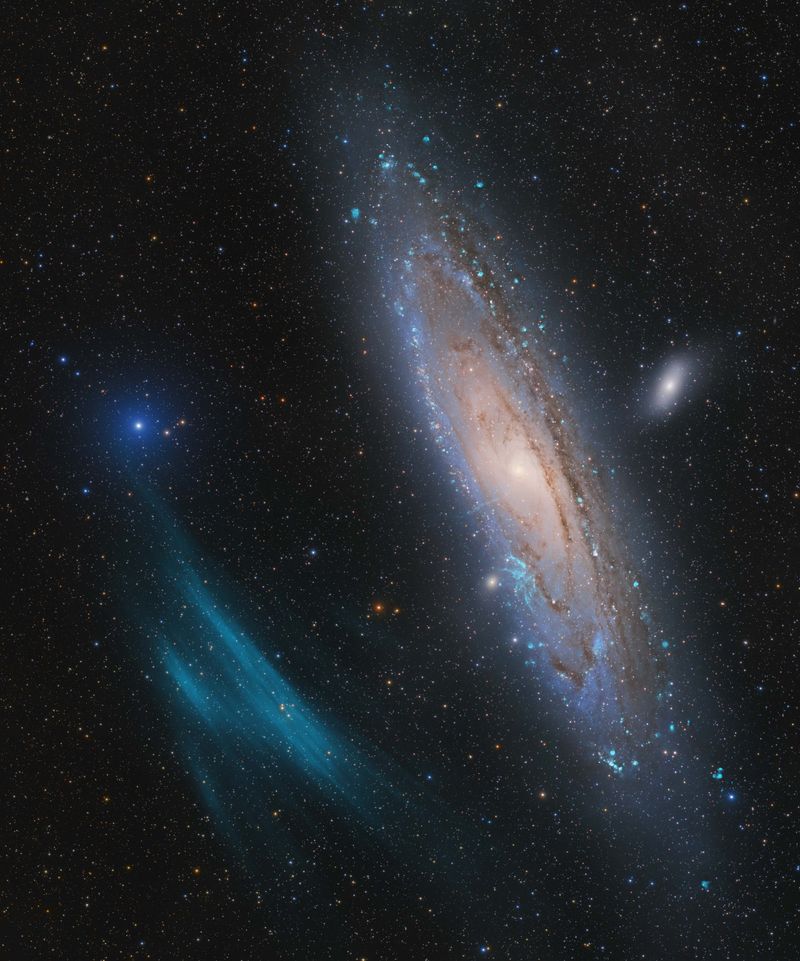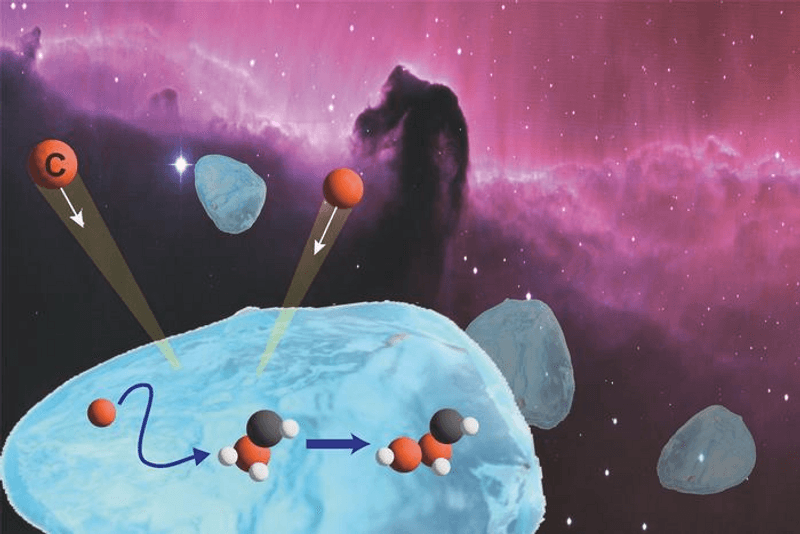Gold nanoparticles provide a “smart surface” that can trap sulfur compounds in wines, improving their aromas, new research suggests. If you’re worrying about what this will do to the cost, however, the answer may actually not be that much, as the particles – and the molecules they capture – can be removed and used repeatedly.
South Australian winegrowers are currently gloating that a medium-priced Cabernet Sauvignon has beaten thousands of higher-priced competitors to win an international trophy. Such victories have come in part because Australia has invested heavily in scientific viticulture, developing tools to tackle diseases and lack of water.
Now, Flinders University’s Australian Wine Research Institute has turned to the task of removing undesirable impurities, specifically sulfur compounds. Progress on this front has been announced in npj Science of Food.
Dr Agnieszka Mierczynska-Vasilev and co-authors coated surfaces with a plasma polymer and stuck 68-nanometer-wide gold particles to it. Despite gold’s status as an unreactive metal, the particles bind strongly to a variety of sulfur compounds, including hydrogen sulfide (rotten egg gas) and more complex molecules such as methanethiol (CH3SH).
“A key benefit of the new approach is that it is easily deployable and retrievable. Essentially there’s a one-step process where the smart surface is added directly to the wine and then removed after a certain time period,” Mierczynska-Vasilev said in a statement. The authors see future potential in adding the nanosurfaces to packaging materials, as well as filtration devices.
Sulfur’s an important element in its place, but there’s a reason Western culture associates it with hell and devilry – the smell is pretty unpleasant. Small amounts can ruin a food, particularly one as nuanced as wine, and vintners spend a lot on removing as much as they can. The issue is complicated by the fact some volatile sulfur compounds contribute fruity characteristics to wines that are often considered desirable.
Copper is currently added to wines to remove sulfur compounds, despite leaving an undesirable taste of its own and having maximum legal concentrations in major markets because of health concerns.
In a dozen trials, the nanosurfaces consistently removed the same or more hydrogen sulfide from both white and red wines than copper fining, although the differences were seldom statistically significant. Meanwhile, the nanoparticles didn’t affect desirable sulfur compounds.
Gold was chosen both because its properties are easy to control at the nanoscale and because it’s known to bond to sulfur-hydrogen bonds. The large surface area to volume of nanoparticles means tiny amounts can catch a lot of compounds, so the cost in gold is small, even aside from the potential to refresh and reuse.
For those more attracted by the idea of displaying wealth by wasting resources, as using noticeable amounts of gold might bring, there’s always Goldschläger.
The study is published in npj Science of Food.




